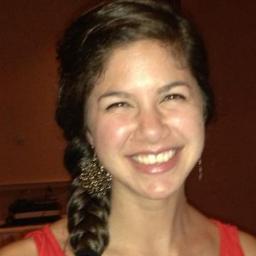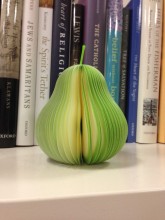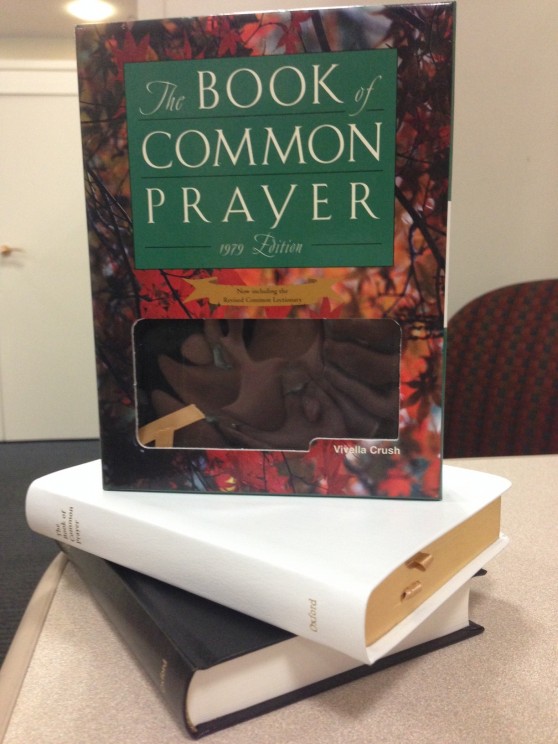by Sally Matheny
 |
The Story of St. Valentine
by Voice of the Martyrs/Cheryl Odden |
Hidden under layers of commercialism, it’s difficult to find the origins of Valentine’s Day.
One of my favorite children’s books on the topic is The Story of Saint Valentine, by The Voice of the Martyrs and Cheryl Odden. It’s a beautifully illustrated book about faith, love, and courage. It’s the story of one Christian’s brave perseverance in standing for truth no matter what the cost.
I think Valentine’s Day is a great day for remembering today’s persecuted Christians. Many think of Christian persecution in faraway countries.
One need only look 1,518 miles. The Voice of the Martyrs gives eye-opening information about the developments in Cuba.
“Despite improvements, the Cuban government still arrests, mistreats, marginalizes and openly opposes Christians. Christians are often prevented from working in certain jobs. Though there have been fewer arrests, both church leaders and evangelists have been detained for periods, have had personal items confiscated, property destroyed, and some have endured beatings.”
VOM also states that rules established in 2014 now limit churches to one back account and increases the power of the government to freeze those if they desire.
The government knows the best place to implement and gain support for their policies—with the country’s youngest citizens.
“Some children are required to renounce Christ and embrace communism in school, and Christian young people are often not allowed to graduate from high school or enter a university.”
Read more »
Winner of the 2004 National Jewish Book Award for Scholarship, The Jewish Study Bible is a landmark, one-volume resource tailored especially for the needs of students of the Hebrew Bible. We sat down with co-editors Adele Berlin and Marc Zvi Brettler to talk about the revisions in the Second Edition of The Jewish Study Bible, and the Biblical Studies field as a whole.
What led to the decision to revise the Jewish Study Bible?
It has been ten years since the first edition of the Jewish Study Bible (JSB) was published. During that time our knowledge of the Bible and of ancient Israel has advanced tremendously. At the same time, a new generation of scholars has entered the field, with fresh approaches to the study of the Bible. We wanted to build on our very successful first edition by introducing our readers to new knowledge and new approaches.
How extensive are the revisions?
They are very extensive. Many books of the Bible have entirely new annotations/commentaries, by new authors, and all have been revised to reflect new scholarship. The essays have been revised, some by new authors. In addition, many new essays on a wide variety of topics have been added, ranging from topics such as the calendar to the place of the Bible in American Jewish culture.
What has changed in research in Biblical Studies since the publication of the first edition?
We now have a much broader and sophisticated appreciation of how the Bible came to be the Bible, and how its various parts were re-shaped and interpreted in ancient times. Much current emphasis is on the Persian and Hellenistic periods, when the biblical canon and its earliest interpretation were developing. The history and archaeology of these periods have given us a firmer grasp on how Jewish identity was being formed. This, in turn, helps us to better understand the development of the biblical text and its message for the audiences of those times. We recognize that there were multiple Jewish communities with differing views on certain matters, and we are sensitive to the many voices reflected (or suppressed) within the biblical books. Finally, even when scholars recognize that biblical books are composite and have a complex editorial history, it is valuable to examine the final form that an editor imposed upon them, and what this final form may mean.
Where do you see Biblical Studies heading in the next 10 years?
We are neither prophets not children of prophets (Amos 7:14). It is likely that further archaeological discoveries will help us better understand certain passages and institutions. Perhaps the debate raging about dating biblical literature will be resolved, and we will be able to better understand biblical books in their historical contexts. Finally, it is important to remember that Jewish participation in mainstream biblical scholarship began only half a century ago, and it is likely that in the coming decade Jewish scholars will find new ways of integrating classical Jewish sources with critical approaches.
What is the most important issue in the Biblical Studies field right now?
It is hard to single out just one important issue. Some of the older questions, like the history and growth of the biblical text, continue to engage scholars and they have proposed new models and new answers. A more recent development is the concern with biblical or ancient Jewish theology, a relatively neglected area until now. The general current interest in religion, religious concepts, and the importance of religious beliefs is shared by biblical scholars and has become a fruitful way to approach the study of the Bible.
Headline image credit: Rachel Preparing Bible Homework by David King. CC BY-NC-ND 2.0 via Flickr.
The post Adele Berlin and Marc Zvi Brettler on the Hebrew Bible appeared first on OUPblog.

In an effort to get to know our Oxford University Press staff better, we’re featuring interviews with our staff in different offices. Read on for our Q&A with Alyssa Bender, marketing coordinator for our religion and theology Academic/Trade books and Bibles in New York.
 When did you start working at OUP?
When did you start working at OUP?
July 2011.
What is the most important lesson you learned during your first year on the job?
Take notes on everything! From training sessions for programs to meetings where I had no idea what anyone was talking about, filling up my notebook (and constantly revisiting later) was my saving grace.
What’s the most surprising thing you’ve found about working at OUP?
How many books we come out with every year. Never could have guessed we publish the volume that we do.
What’s the least surprising?
While it surprised me at first, it really shouldn’t have—everyone here is so intelligent and talented. It’s likely that those are just the type of people who are drawn to work at university presses, but it’s still great to work with such smart people every day.
What drew you to work for OUP in the first place? What do you think about that now?
It was a job in publishing! Those are hard to come by when you’re first out of school. Luckily, it turned out to be an awesome job with a great team. Still is.
What’s the first thing you do when you get to work in the morning?
Open my inbox and sort the emails by priority.
What is your typical day like at OUP?
Lots of answering emails. Also, lots of meetings. In between emails and meetings, there’s creating marketing plans, pulling sales reports, gathering social media content, proofing newsletters and catalogs, updating website copy, submitting review copy requests, making flyers…the list goes on.
What is the strangest thing currently on or in your desk?
A 3D paper pear made out of note paper. A gift from my manager, who brought it back from her trip to Japan.

What’s the most enjoyable part of your job?
Seeing my efforts pay off when a book does really well.
What’s the most difficult part of your job?
Determining reprint quantities. No matter how much research you do, you can still be way off in your estimates. It’s one of the many aspects of my job that only gets easier the more experience you have doing it.
What is the most exciting project you have been part of while working at OUP?
Helping to launch the @OUPMusic Twitter, back when I still worked on the music team. It was really fun to be a part of the strategy conversations and learn what goes on behind the scenes of company Twitter accounts. It was also fun to be behind some of the tweets and interact with the followers.
Tell us about one of your proudest moments at work.
Pulling off a successful American Academy of Religion/Society for Biblical Literature conference this past November. As the team leader for the conference, I was responsible for organizing almost every detail about our presence there, from deciding the booth layout, to determining the books we would bring (and how many of each), to making sure enough people were present for set-up/tear down. It was my first AAR/SBL, and my first large meeting in general, and I was really happy with how it all turned out.
What will you be doing once you’ve completed this Q&A?
Cleaning my desk! So many piles of paper, bookmarked galleys, meeting notes, books, and folders everywhere!
Alyssa Bender joined Oxford University Press in 2011. She is currently a Marketing Coordinator for our religion and theology Academic/Trade books and Bibles in New York.
The post Catching up with Alyssa Bender appeared first on OUPblog.

By Alyssa Bender
 We print many different types of bibles here at Oxford University Press, one popular line being our Book of Common Prayer. While this text is used worldwide, you may not know about its interesting history. From the fact that there are a half a dozen books in print with this title, or perhaps that it is not so much a collection of prayers as a sort of “script” to be used, there is much you may not know about this text. Take our quiz below to learn more.
We print many different types of bibles here at Oxford University Press, one popular line being our Book of Common Prayer. While this text is used worldwide, you may not know about its interesting history. From the fact that there are a half a dozen books in print with this title, or perhaps that it is not so much a collection of prayers as a sort of “script” to be used, there is much you may not know about this text. Take our quiz below to learn more.
Your Score:
Your Ranking:
Alyssa Bender is a marketing coordinator at Oxford University Press. She works on religion books in the Academic/Trade and Reference divisions, as well as Bibles.
Subscribe to the OUPblog via email or RSS.
Subscribe to only religion articles on the OUPblog via email or RSS.
The post The Book of Common Prayer Quiz appeared first on OUPblog.
























 When did you start working at OUP?
When did you start working at OUP?
 We print many different types of bibles here at Oxford University Press, one popular line being our
We print many different types of bibles here at Oxford University Press, one popular line being our